let's be social!
Welcome to Our Journey into Eastern Orthodoxy, Part Two! You definitely don’t want to miss Part One, so head over there first if you haven’t already read it!
In my last post, I said that within a few weeks of attending our first Eastern Orthodox Divine Liturgy, we knew we’d probably never go back to Protestantism. But it’s one thing to find Orthodoxy and try it out. It’s quite another to convert! So today I thought I’d share why Eastern Orthodoxy, of all of the choices of churches out there.
COMING HOME to Eastern Orthodoxy
We had been reading and talking about Orthodoxy for weeks before we ever stepped foot into our local parish and there were so many things about it we were drawn to; however, there were also some big roadblocks for us that, initially, we weren’t sure if we’d ever be able to get over.
Here was this faith tradition that, while beautiful and ancient and liturgical, reveres Mary, venerates icons, seeks the intercession of saints, and rejects the doctrine of Sola Scriptura. As lifelong Protestants, that was a lot for us to swallow.
And yet.
Every new thing that we learned about Orthodox doctrine, theology, and practice felt like the scales falling away from our eyes. All of the doctrinal questions we’d been wrestling with for months and years were answered so simply and so fully. We had an overwhelming sense that THIS is what we’ve been longing for.
It wasn’t that we were running from Protestantism – there will always be things we love and cherish about our former faith tradition – instead, we were running to the richness, depth, beauty, and truth of Orthodoxy.
It feels like running home, and here are a few reasons why…
THE DEEP SENSE OF COMMUNITY
One of the beautiful things about our parish that really drew us in from that first Sunday is the deep sense of community. Every Sunday following Divine Liturgy, we have a coffee hour. Those coffee hours (which usually last more than an hour) have given us the opportunity to ask questions, express our fears and concerns, and really get to know Orthodox Christians and hear their testimonies first-hand. It has been edifying to witness how deeply they love Christ and desire to follow Him faithfully.
And honestly, seeing their genuine love for Christ went a long way in helping me understand that liturgical worship does not equal a dead faith like I had previously assumed. It’s very much alive and vibrant, and the Orthodox Christians we’ve met take their faith very seriously.
Not only that, but within the Orthodox Church, there’s more of a “together” approach to salvation that we’ve never experienced in any other church. I’m only a catechumen and certainly in no place to explain Orthodox theology, but the idea is that while we will individually stand accountable before God, we literally need our brothers and sisters in Christ to help get us there. It flies in the face of our very American “pull yourself up by your bootstraps” mentality that, unfortunately, we’ve encountered even in church.
That’s not to say Protestants don’t take their faith seriously or that they don’t feel like they need community. We’ve been part of some very deep, intentional small group communities that kept us going when we were hanging by a thread. It’s just that the way the Orthodox Church life is structured cultivates a deep sense of community and belonging.
And that’s huge for us.
EASTERN ORTHODOXY IS AN ANCIENT FAITH TRADITION
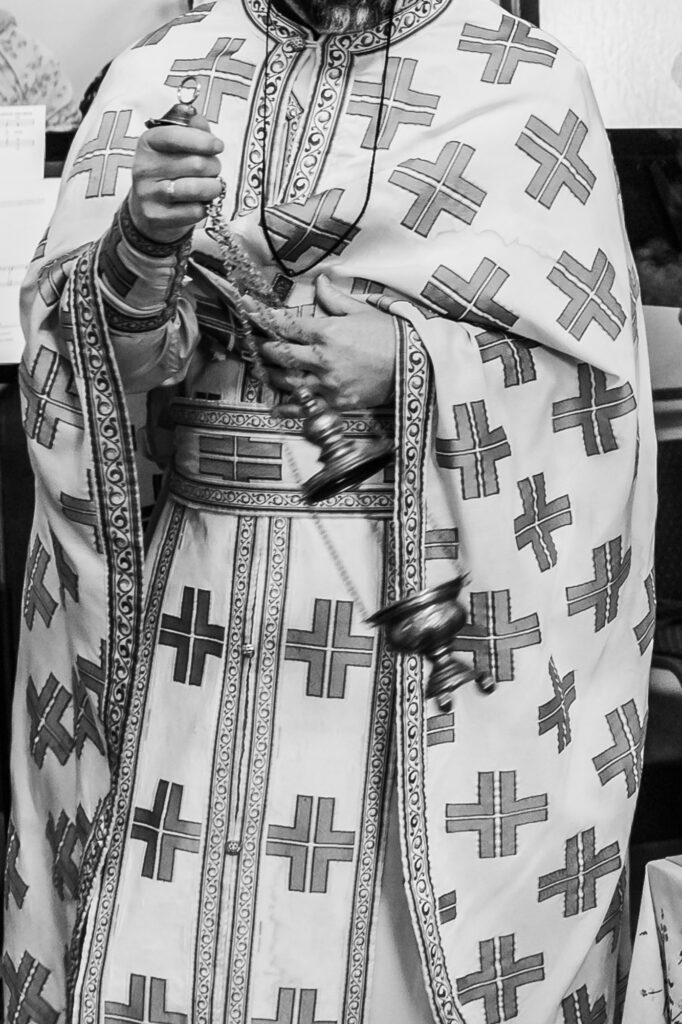
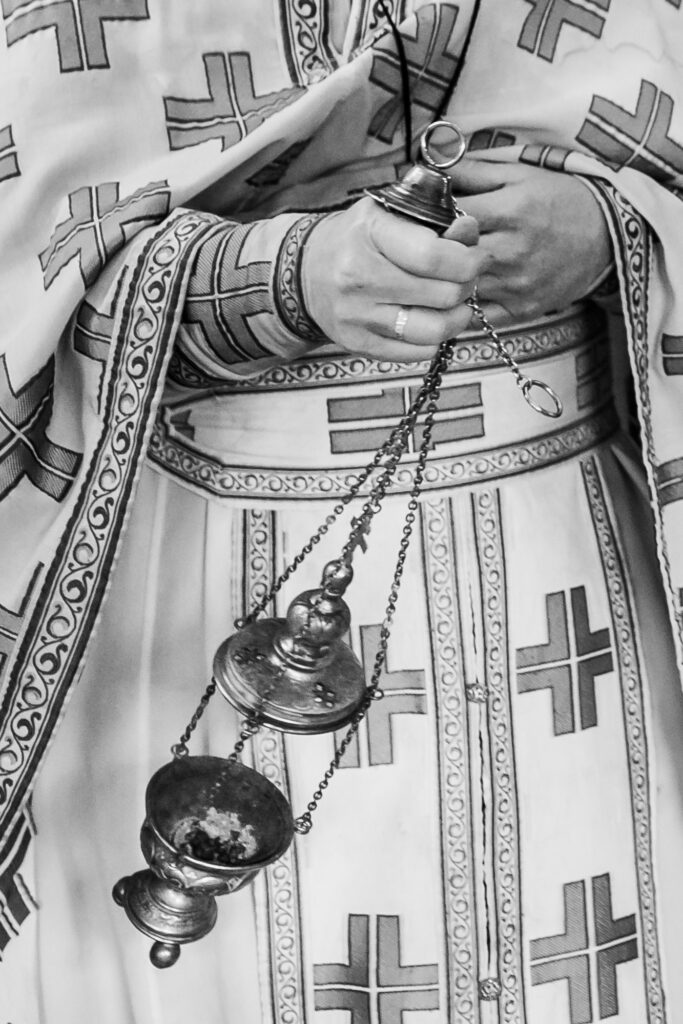
Having community is only great if what the Church teaches is true, so a decision we had to make early on was whether or not to trust the history and authority of the Orthodox Church. The early Church canonized Scripture, vehemently fought against heresies, wrote the Nicene Creed, and gave us all of what mainline Christians believe to be the core, essential doctrines of our faith.
And since that time, the Orthodox Church has remained relatively unchanged – both in doctrine and practice. This is the closest thing to worshipping the way the Early Church worshipped that we’re going to find. And while there are things that I’m sure we’ll continue to wrestle with for a while, we know that the wrestling is worth it.
Speaking of unchanged, it really feels ancient when you step into an Orthodox Church. The Divine Liturgy that we celebrate every Sunday, for example, was written in the 300s. Our services are all in English, we’re obviously wearing contemporary clothing (yes, even pants!), and we livestream. But when you’re inside an Orthodox Church, it feels like you’ve been transported to the ancient Near East, right where Christianity started. Those early churches were in Turkey, Syria, Greece, and Lebanon, and Orthodoxy has retained that ancient Near Eastern feel while still transcending both time and place.
And honestly, I think that ancient and slightly foreign feel is a big part of why Orthodoxy feels like home to us.
That first Sunday, when the deacon began censing the church and the smell of incense hit me, I was immediately transported back to Nasir, South Sudan sitting in a hot, stuffy Ethiopian restaurant with our friends while incense burned at the counter. The “foreignness” of Orthodoxy is actually like an old, comfy sweater to us.
But it’s more than just the way the Church looks and feels.
There’s a reassurance in knowing that the Orthodox Church isn’t swayed by changes in culture (and wasn’t touched by the Protestant Reformation and all of the denominational splintering that occurred as a result). It firmly opposes doctrinal developments and instead holds fast to the Scriptures and the Teachings of the Apostles. Instead of changing worship or doctrine to fit the culture, Orthodoxy is fairly unmovable.
There’s comfort in the fact that Orthodox Christianity will change us, not the other way around.
REVERENCE TOWARDS GOD
The type of reverence the Orthodox Church shows towards God was another huge draw for us. While we totally understand the approach that many contemporary Evangelical churches have taken in making church feel comfortable for outsiders and newcomers (a more casual feel), we love the way reverence is paired with history, tradition, ritual, and theology within Orthodoxy.
That reverence means we do things a little differently, though. To keep our worship space sacred, we don’t take food or drinks into the sanctuary, many women wear head coverings, we stand for the duration of the services, we cross ourselves before entering and exiting the sanctuary, and we bow a LOT during the service. The Bible is handled carefully and respectfully, the chalice is treated as sacred, and we venerate the Cross and the icons.
Orthodox Churches are places set apart for the worship of the One True God, and you can feel that “set apartness” the second you step inside.
Honestly, for most of my adult life, I would have told you that what takes place in an Eastern Orthodox Church was pomp and man-made tradition. Unnecessary ritual. And doesn’t the Bible specifically warn us against that?!? But it didn’t take long at all to realize that by treating the church and what happens within it as sacred, it puts us in a posture to really bow down and worship – both physically and spiritually.
WE WORSHIP WITH OUR 5 SENSES & WHOLE BODIES
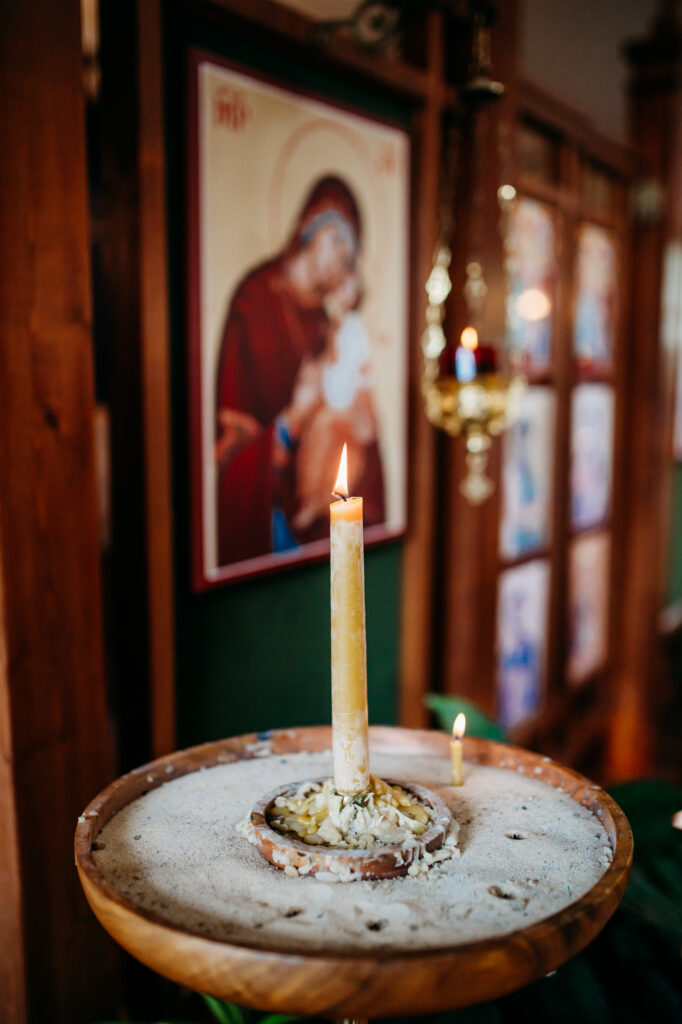
Worship within Eastern Orthodoxy is an active, full-sensory experience. We aren’t passive recipients of a church service, and it’s definitely not a consumer product. Instead, we’re fully, actively participating in worship, responding to the prayers, joining our voices with the heavens, and during Lent, getting a bit of a workout in the process. 😉
And we’ve learned two really important things.
First, the physical world impacts the spiritual world. When I put on my head covering, smell the incense, see the icons and candles, hear the songs and chants, taste the blessed bread, physically cross myself and bow down – they are all tangible ways to engage my heart, soul, and mind in worship of our Holy God.
Second, the physicality of Orthodox worship gives us something to DO. I never realized how much I was missing this element of worship until we found Orthodoxy, but it is so impactful when I can physically express the overflow of the worship and praise that’s in my heart. I’ve always been a “hand raiser” in church, even churches where there were very few of us, but this is next level!
And what’s been really neat is to watch the way my kids have embraced Orthodoxy.
Because there’s so much to do – lighting candles at the start of services, crossing themselves, singing the hymns, bowing down, eating the blessed bread – the kids get to actively participate, too. It’s brought our faith alive and given them tangible ways to express their love for Christ.
LITURGICAL & ASCETIC LIFE
This was actually one of the things that set us on a path of discovering the Orthodox Church in the first place. As we included more liturgical elements into our home and began observing the liturgical calendar, we really loved the way it kept our family connected to the life and ministry of Christ. But incorporating the liturgical cycles in our home life made us want to experience them as part of our church life, too.
One of the things we’ve always disliked about American culture in general is the way we compartmentalize our lives – there’s Church and then there’s everything else; there’s the sacred and the secular. It’s a false dichotomy, though, and we’ve always yearned for a deeper, more holistic experience of Christianity – much like we experienced on the mission field.
Orthodoxy smashes the delineation between the secular and the sacred, and instead demands our whole lives, leaving no stone unturned. Just as Scripture exhorts us to offer ourselves as living sacrifices to the Lord (Romans 12.1), Eastern Orthodoxy gives us the tools to live out the fullness of faith in a way we’ve never experienced.
As a friend who’s on a similar journey into the Catholic Church put it, it really raises the bar for what’s expected of us.
It isn’t that the call to take up our cross is different in Orthodoxy – we’re still called to work out our salvation with fear and trembling, to pursue holiness, to become more and more like Christ – it’s merely that Orthodoxy is more prescriptive, giving us each exactly what we need to live a life of fullness in Christ.
We no longer have to “go it alone,” because in Orthodoxy, there’s everything from confession to Communion, from prayer books to individual prayer rules, from formal worship services to the “little Church” in our home. There are seasons of fasting and seasons of feasting, there are special prayers for certain times (such as Lent) – there’s just so much to help us work out our salvation. And we get to do it all alongside other believers and under the guidance, prayers, and counsel of our priest.
Truly, Orthodoxy is a whole entire way of life as much as it’s a Church Tradition.
RICH BEAUTY & CHURCH TRADITION
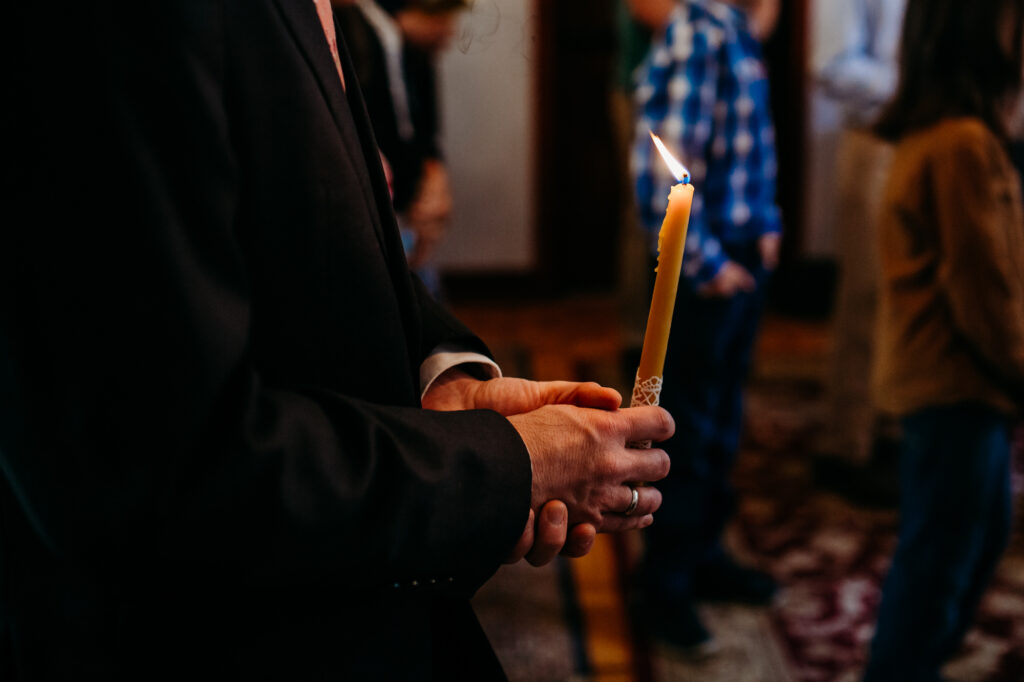
Coming from an Evangelical background that has pretty bare churches (no icons, no vestments, no incense, no candles, etc.), I was prepared to feel like the gilded chandeliers, the finely embroidered vestments, and the icons everywhere were too extravagant and again, unnecessary.
Instead, I found that entering an Orthodox Church feels like a tiny taste of heaven.
It’s a visual feast, but it isn’t just beauty for the sake of beauty. It draws us into a deeper sense of awe and reverence, and demonstrates that God is worthy of our very best and most beautiful. I heard a priest compare it to the way Jesus affirmed the woman who anointed him with expensive oil – it wasn’t wasteful or excessive. It was honoring to God!
And the Tradition of the Church is something I’ve come to understand much differently than I ever had. I said earlier that the Orthodox Church rejects the doctrine of Sola Scriptura, which was a really big deal to us and something we weren’t sure if we could accept. But we’ve come to understand that it isn’t Scripture versus Tradition. It’s Scripture within Tradition.
I’ve been asked if the Orthodox Church is a “bible believing” church. Unequivocally, YES! Our services are full of Scripture from beginning to end. We sing/chant the Psalms, the Beatitudes, the Lord’s Prayer, Gospel readings, and Epistle readings the entire service. The only times we aren’t singing Scripture, we’re praying or our priest is preaching. By the time we leave each and every service, we’ve absolutely been bathed in Scripture. And because we sing most of it, it’s writing the Word on our hearts in a way we’ve never experienced before.
We read a quote that says something like, “If you want to know what a church believes, see how they worship.” Orthodox worship is undeniably Christ-centered and Scripture-saturated.
So instead of feeling stifled by Church Tradition, I’ve actually found a lot of freedom in it, which I did not expect at all! The Holy Spirit is working on our hearts, leading us into deeper repentance and worship, and continuing to refine us through daily, consistent faithfulness.
A MORE MYSTICAL APPROACH TO DOCTRINE & FAITH
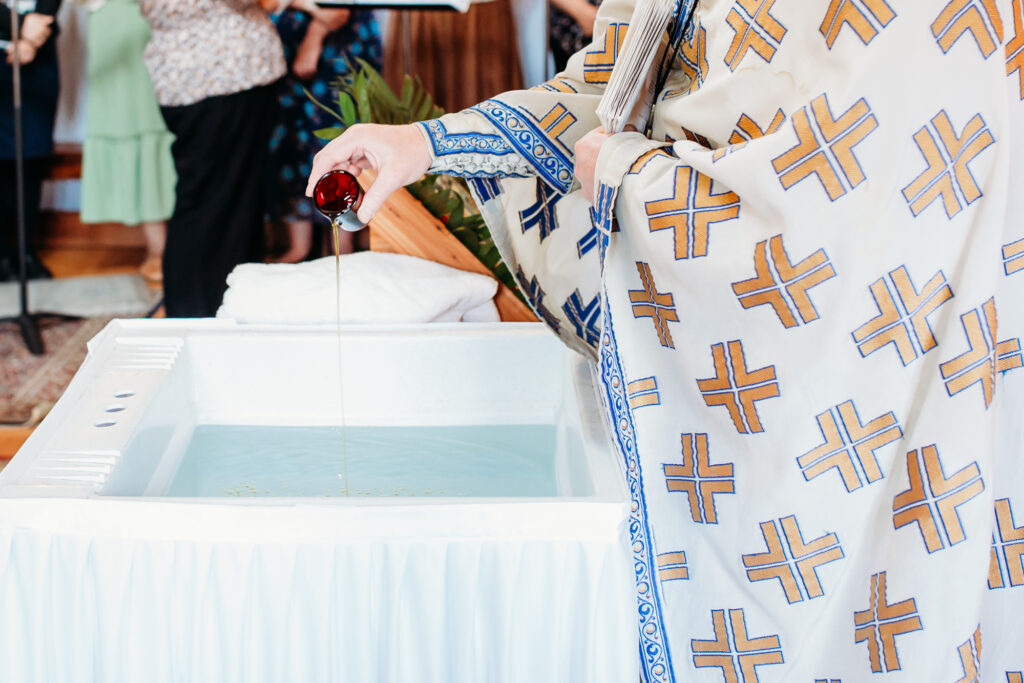
Finally, as someone who loves to have all of the answers and know how things work, this one came as a great shock to me. There’s this mystical element to Eastern Orthodoxy in which they don’t try to explain everything. God is beyond our comprehension, beyond our language, beyond our ability to understand. We can know what He reveals to us, but who can truly know the mind of God? So while the Orthodox Church has a well-developed doctrine, there are things that Orthodox Christians simply accept as a mystery.
For example, the Orthodox Church believes in the Real Presence of Christ in the Eucharist. But instead of explaining exactly how that works, they’re content to say, Yes, we believe that the Eucharistic elements are the body and blood of Christ. But they’re also still bread and wine. How are they both things at once? It’s a mystery.
That has honestly been incredibly refreshing to me. I can accept that some doctrines can be true while still being unexplainable. We can hold the paradoxes in tension, and I’m actually more comfortable with that then when we try to construct some rational explanation for something that, ultimately, is a spiritual mystery.
FURTHER UP & FURTHER IN
So there you have it – a handful of reasons why we’re becoming Orthodox. There are, obviously, more reasons than just these. Some of them are harder to articulate and would need a lot more space, and this post already ended up being quite long!
But really, Blaise and I have only scratched the surface of Eastern Orthodoxy, and as we’ve been told over and over again by friends at church, there’s always more to learn and more beauty to discover. We’ll spend the rest of our lives mining the depths of this rich faith tradition, and still have more to uncover.
But I’ll just continue to be so incredibly thankful that the Lord has us on this journey.
Because most of all, our journey into EASTERN Orthodoxy is really a journey into DEEPER relationship and communion with Christ.



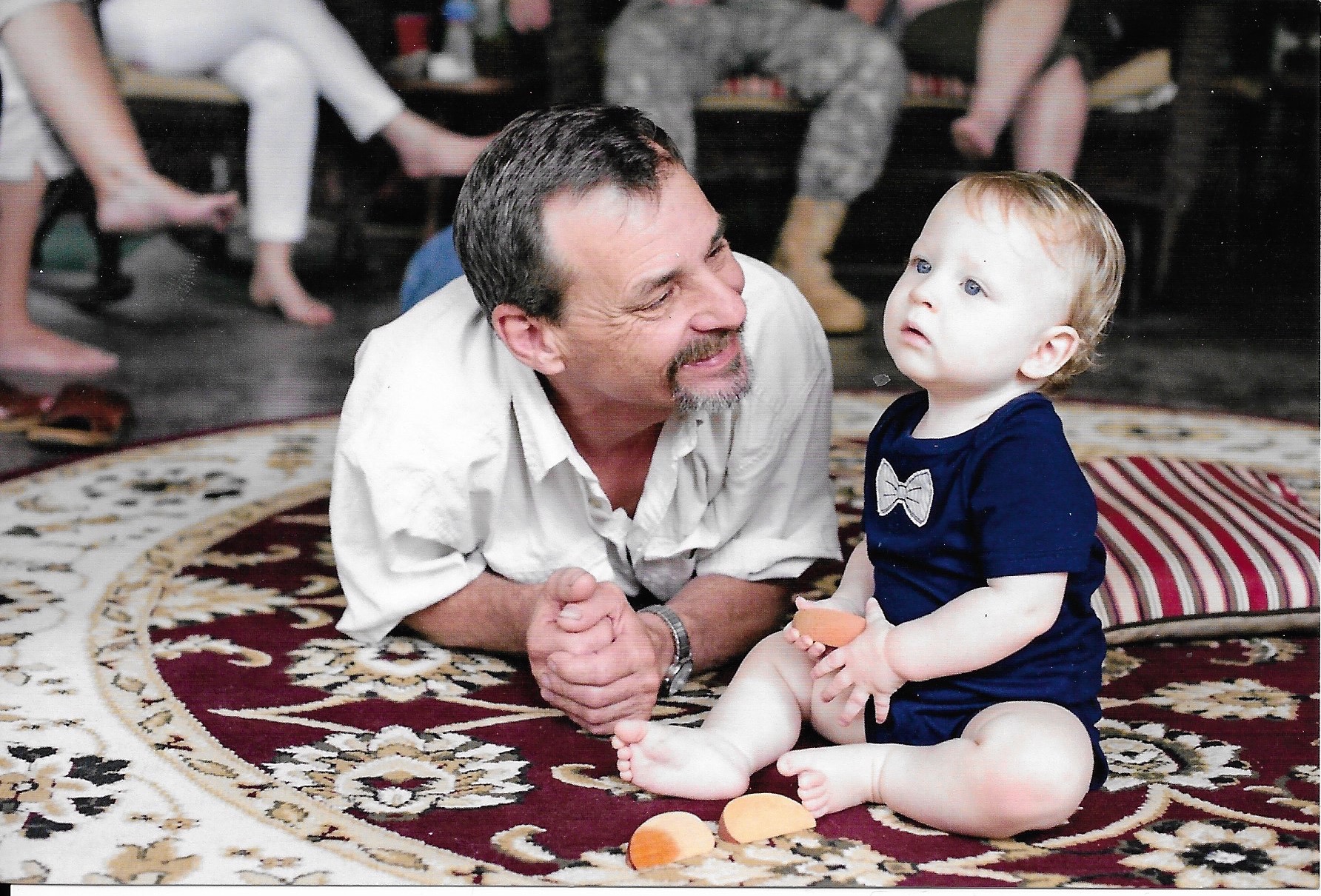
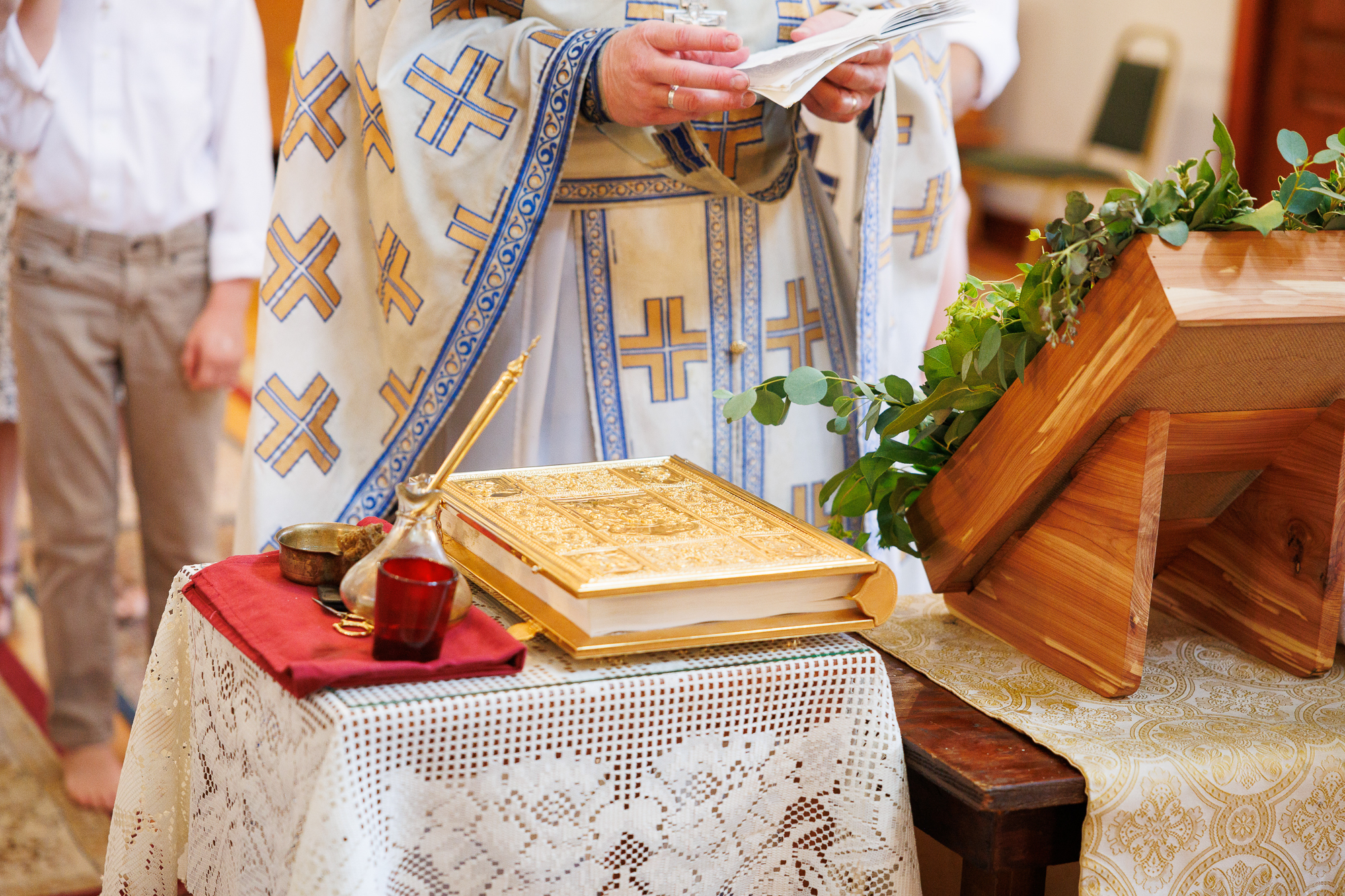
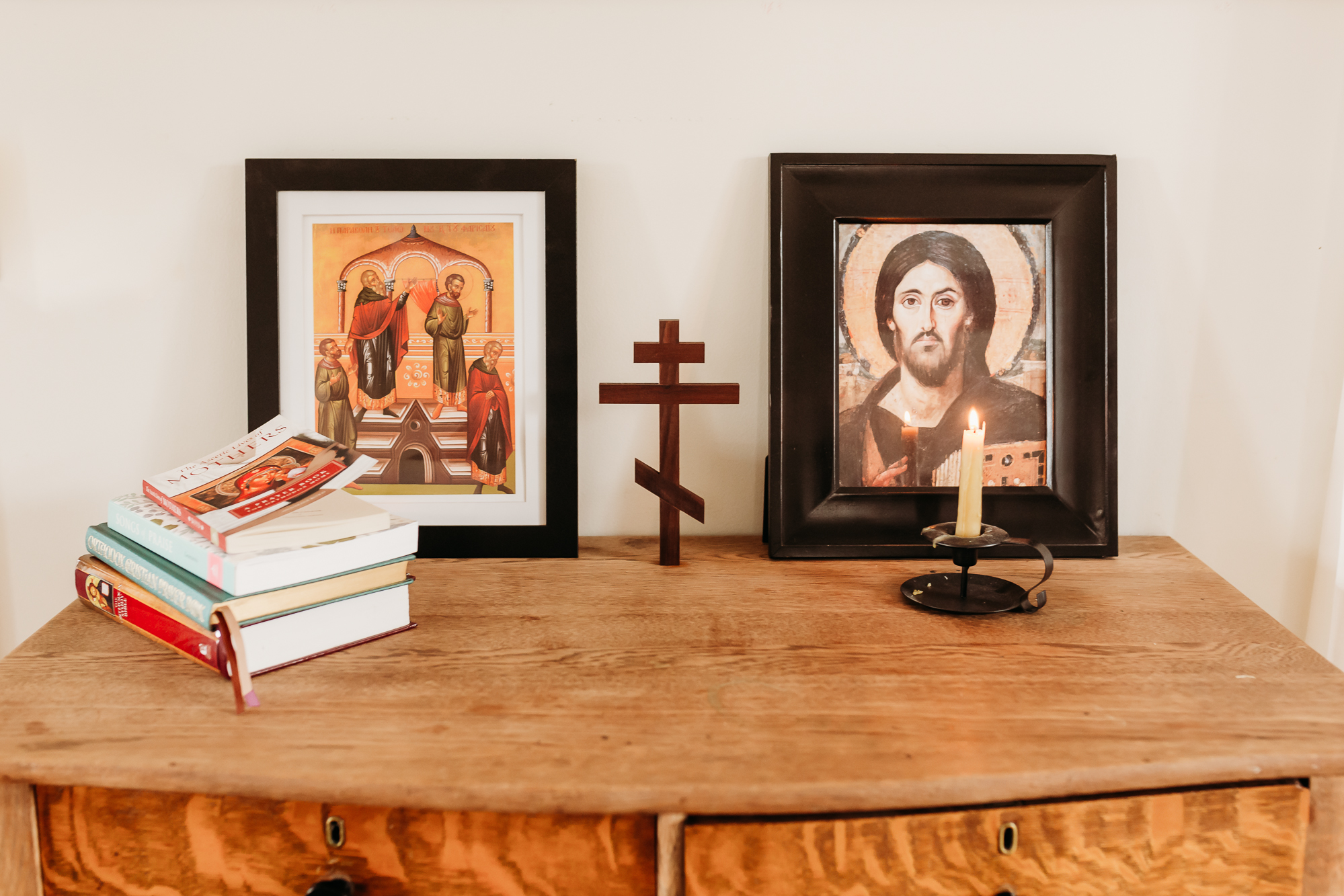
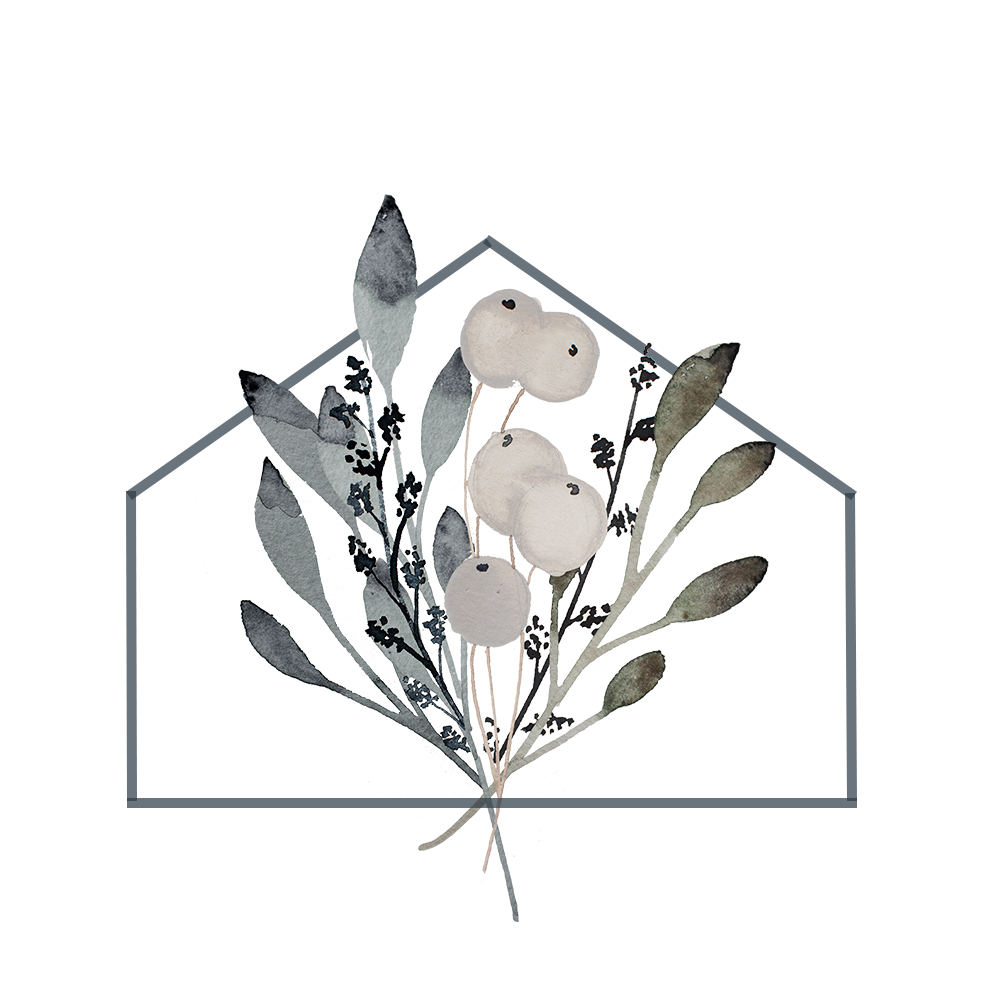
So glad to find your blog. My husband and i aamd our baby were just baptized last year from protestantism. It is truly a joy to read Something so close to my own experience and heart. May God bless your family and grant you many years🤍
God grant you many years, as well!